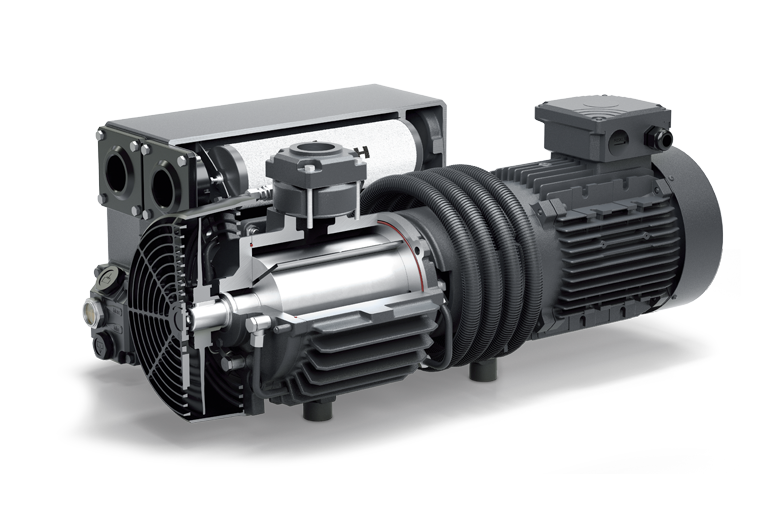Introduction to Rotary Evaporator Parts and Function – A rotary evaporator is an important laboratory tool used for efficient and gentle distillation of a wide range of solvents. It consists of a rotating flask that is partially submerged in a heated water bath. The evaporation flask is equipped with a condenser, and the vapor passes through the condenser to a receiving flask. The rotary evaporator is widely used in the laboratory for the concentration, separation, and purification of solids and liquids. In this article, we will discuss the parts and functions of a rotary evaporator.
Rotary Evaporator Parts
A rotary evaporator consists of several different parts, each of which has a specific function. The most important components of a rotary evaporator include:
Evaporation Flask
The evaporation flask is the main component of the rotary evaporator. It is a round-bottomed flask that is partially submerged in a heated water bath. The flask is connected to the condenser and the receiving flask, and the evaporation process is driven by the rotation of the flask.
Condenser
The condenser is connected to the evaporation flask and is used to cool the vapor that is produced during the evaporation process. The condenser can be either a glass coil or a spiral condenser.
Receiving Flask
The receiving flask is connected to the condenser and is used to collect the liquid that is produced during the evaporation process. The receiving flask should be large enough to accommodate the entire volume of the solution being distilled.
Vacuum Pump
The vacuum pump is used to create a vacuum in the evaporation flask. By lowering the pressure, the boiling point of the solvent is lowered, which helps to speed up the evaporation process.
Rotary Drive
The rotary drive is used to rotate the evaporation flask. The rotation helps to ensure that the solvent is evenly distributed over the surface of the evaporation flask, which helps to speed up the evaporation process.
Rotary Evaporator Function
The function of a rotary evaporator is to distill solvents in a laboratory setting. The rotary motion of the evaporation flask helps to ensure that the solvent is evenly distributed over the surface of the flask. This helps to increase the evaporation rate and improve the efficiency of the distillation process.
The condenser is used to cool the vapor that is produced during the evaporation process. The vapor is then collected in the receiving flask, where it can be further processed or stored.
The vacuum pump helps to create a vacuum in the evaporation flask, which lowers the boiling point of the solvent and helps to speed up the evaporation process.
Conclusion
A rotary evaporator is an important laboratory tool used for efficient and gentle distillation of solvents. It consists of several different parts, each of which has a specific function. The evaporation flask is the main component of the rotary evaporator, and the condenser, receiving flask, vacuum pump, and rotary drive are also important parts. The function of a rotary evaporator is to distill solvents in a laboratory setting. The condenser is used to cool the vapor that is produced during the evaporation process, and the vacuum pump helps to create a vacuum in the evaporation flask which helps to speed up the evaporation process.
For more blog click here







